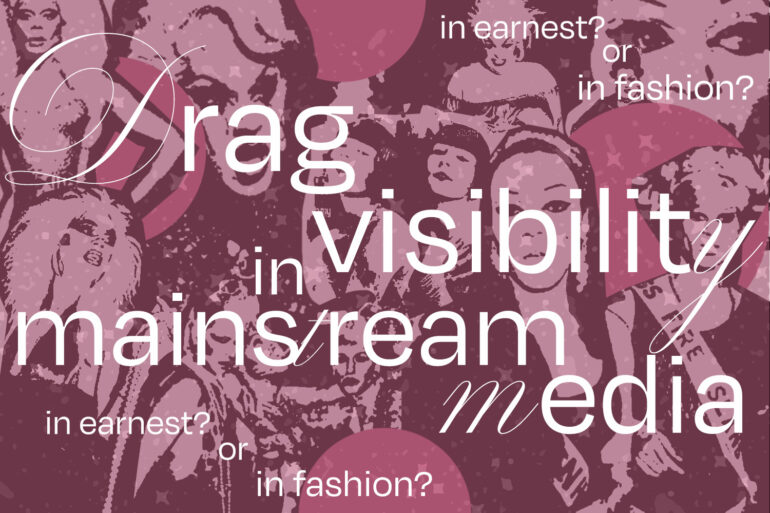Whether or not you have an affection for the art of drag, it’s likely that in recent years, you’ve come across a greater amount of media featuring drag queens than ever before. Although its roots in queer culture trace back to the 1920s, this is the first time we’ve truly seen a significant presence of drag in mainstream culture. Spanning from roles in Pepsi commercials to appearances on The Tonight Show and even cameos in Oscar-nominated films, it appears that drag artists are finally receiving the flowers they deserve.
A clear connection can be made between this increased visibility and the empire that is RuPaul’s Drag Race. Since the show began airing in 2009, we’ve slowly seen the emergence of the drag celebrity. Along with an influx of performance bookings and the selling of self-branded merchandise, the notoriety gained from appearing on the show often lends itself to its contestants acquiring these higher-profile opportunities. While the wider representation of these queens does feel like a victory for the queer community, it should be remembered that drag is a highly expansive art form, and Drag Race has often been criticized for presenting a bit of a narrow perception of drag.
Considering that performers outside of the Drag Race canon are employed by major corporations and A-list celebrities at a lesser rate than those within it, questions can arise as to whether these intentions have been pure. Are these earnest efforts to share a platform with talented creatives or attempts to capitalize off the newfound prominence of a select group within the drag community?
Ultimately, it just comes off a bit weak that most of these projects that wish to include drag queens can only seem to source from the most widely known and easily accessible piece of drag culture. Yes, it’s wonderful that the queens who have gained a seat at the table have done so, but it feels wrong to turn a blind eye to the lack of AFAB queens, trans/non-binary queens, and drag kings who have helped drag to survive and grow from the beginning. If the vision of a more diverse and loving world is to be realized, it’s pertinent that extra care is taken in sharing drag with mainstream audiences to communicate a more whole picture of what the art form is and can be.
Words by Collin Maloney.
Graphic by Eve Friday.

